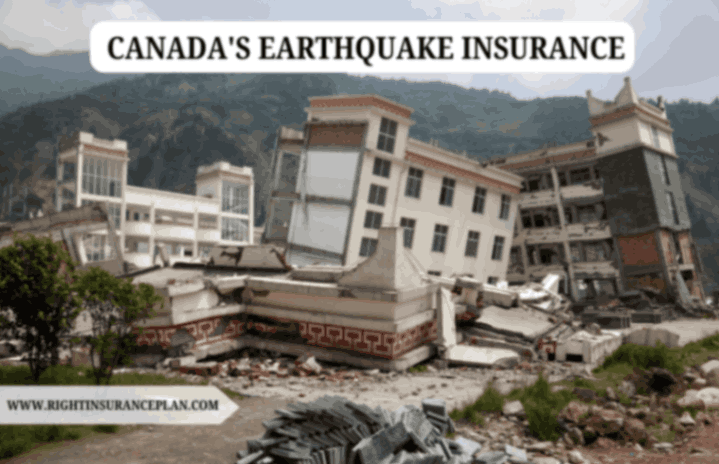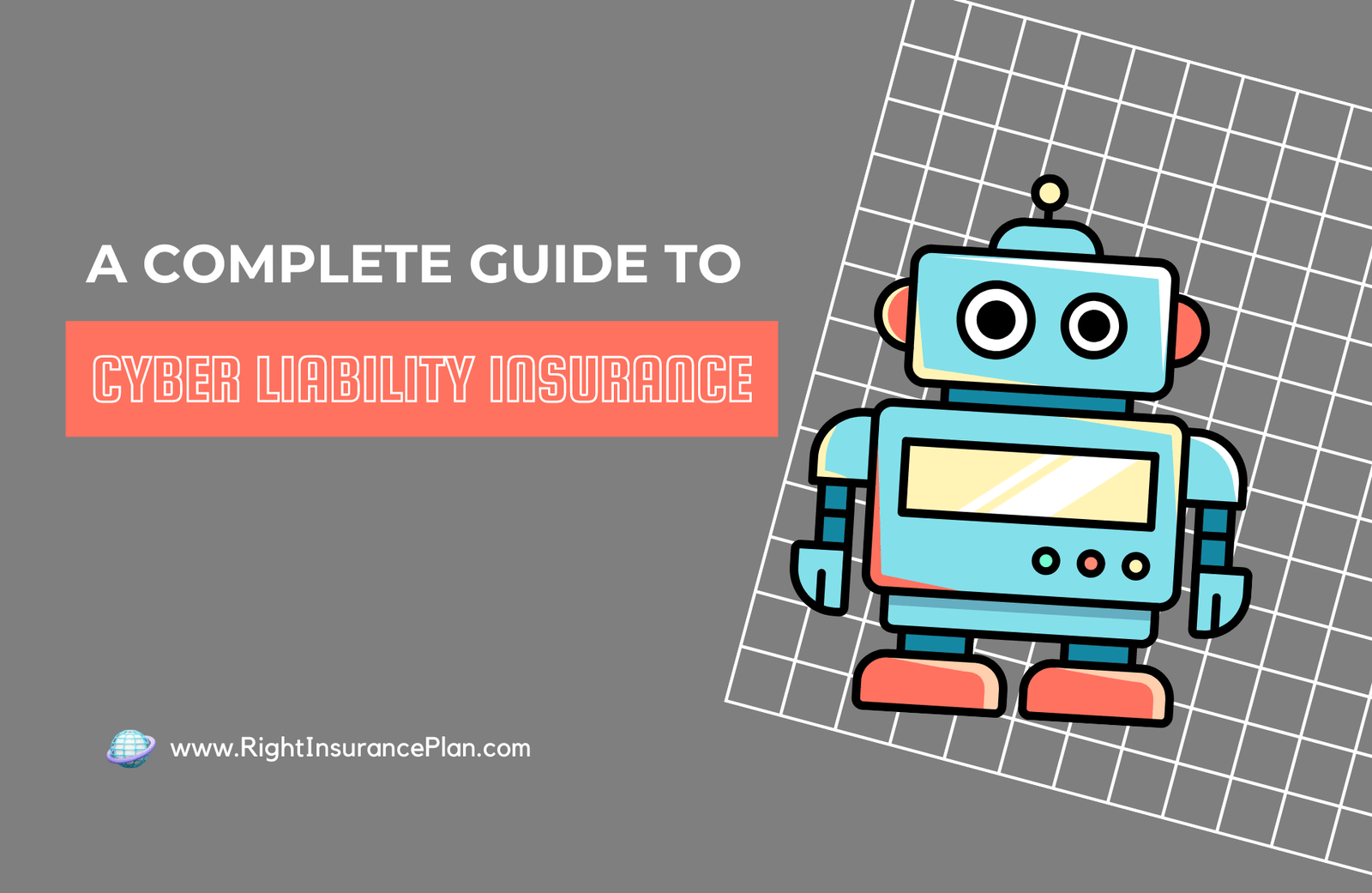
Canada’s Earthquake Insurance
Canada may not be the first country that comes to mind when thinking about earthquakes, but the risk is very real in several regions across the nation. As climate change and urban development continue to reshape our landscape, understanding and preparing for natural disasters has never been more critical. In this blog, we'll explore the ins and outs of earthquake insurance in Canada, examining the latest data, trends, and what homeowners need to know to protect their most valuable asset.
While Canada isn't located on the infamous "Ring of Fire" like its neighbor to the south, it does have several seismically active areas. According to Natural Resources Canada, the country experiences about 4,000 earthquakes each year. Most of these are too small to be felt, but the potential for a major earthquake exists, particularly in British Columbia, Quebec, and the Ottawa Valley.
British Columbia, situated along the Cascadia Subduction Zone, faces the highest risk. The geological record shows that massive earthquakes have occurred in this region every 200 to 800 years, with the last one dating back to 1700. Experts warn that there's a 30% chance of a significant earthquake hitting the coast of B.C. within the next 50 years.
Eastern Canada, while generally considered more stable, is not immune. The Western Quebec Seismic Zone, which includes Ottawa and Montreal, has a history of moderate earthquakes. In 1988, a magnitude 5.9 earthquake struck the Saguenay region of Quebec, causing $43 million in damage.
The Insurance Market
Given these risks, one might assume that earthquake insurance would be widespread in Canada. However, the reality is quite different. According to the Insurance Bureau of Canada (IBC), only about 3% of homeowners in Quebec and 60% in British Columbia have earthquake coverage.
Earthquake insurance in Canada is typically offered as an add-on to standard home insurance policies. It covers damage to your property and belongings caused directly by an earthquake. This can include structural damage, collapsing walls, and destruction of personal property.
However, it's crucial to note that earthquake policies often come with high deductibles, usually ranging from 2% to 20% of the total coverage amount. For a home insured for $500,000, this could mean a deductible between $10,000 and $100,000.
Recent Trends and Data
The latest data from the IBC shows a growing awareness of earthquake risk, particularly in high-risk areas. In British Columbia, the uptake of earthquake insurance has increased from about 45% in 2015 to 60% in 2023. This rise can be attributed to increased public education efforts and the vivid reminders provided by earthquakes in other parts of the world.
In Quebec, despite the lower perceived risk, there has been a slight uptick in earthquake insurance purchases, from about 2% in 2015 to 3% in 2023. While this increase is modest, it represents a growing recognition of the potential threat.
The average cost of earthquake insurance varies significantly across the country. In British Columbia, homeowners can expect to pay between $200 and $500 annually for every $100,000 of coverage. In Quebec, the rates are generally lower, ranging from $100 to $300 for the same amount of coverage.
A 2022 study by the C.D. Howe Institute estimated that a major earthquake in British Columbia could result in total economic losses of up to $75 billion, with insured losses potentially reaching $20 billion. This highlights the gap between potential damages and current insurance coverage levels.
The Role of Government and Industry
The Canadian government, recognizing the potential economic impact of a major earthquake, has been working with the insurance industry to improve resilience and coverage. In 2023, the Office of the Superintendent of Financial Institutions (OSFI) updated its guidelines for earthquake exposure sound practices, requiring insurers to better assess and manage their earthquake risk.
The insurance industry, led by the IBC, has been advocating for a national strategy to address the earthquake protection gap. This includes proposals for public-private partnerships to provide more affordable coverage and increase uptake rates.
In response to these efforts, some provinces have begun to take action. British Columbia, for instance, launched a seismic mitigation program in 2022, offering grants to homeowners for earthquake-proofing renovations. While not directly related to insurance, such programs can help reduce potential damages and, in turn, may lead to lower insurance premiums.
Challenges and Considerations for Earthquake Insurance
Despite the clear need for earthquake insurance, several challenges persist:
1. Cost: High premiums and deductibles can be a significant deterrent for many homeowners, especially in high-risk areas where coverage is most needed.
2. Awareness: Many Canadians, particularly in regions with lower perceived risk, remain unaware of their earthquake exposure or the limitations of their standard home insurance policies.
3. Risk Assessment: Accurately assessing earthquake risk remains challenging, leading to potential under- or over-pricing of policies.
4. Climate Change: While not directly causing earthquakes, climate change can exacerbate their impacts through related phenomena like landslides or changes in groundwater levels.
Is Earthquake Insurance Right for You?
Deciding whether to purchase earthquake insurance requires careful consideration of several factors:
1. Location: If you live in a high-risk area like coastal British Columbia or certain parts of Quebec, earthquake insurance becomes more crucial.
2. Home Value: The more valuable your home and belongings, the more you stand to lose in an earthquake.
3. Financial Situation: Consider whether you could afford to rebuild or repair your home out of pocket in the event of an earthquake.
4. Risk Tolerance: Some homeowners may be willing to take the risk of going without coverage, while others prefer the peace of mind that insurance provides.
5. Policy Details: Carefully review what is and isn't covered, as well as deductible amounts and limits.
Future Outlook and Innovations regarding Earthquake Insurance
As awareness of earthquake risk grows and technology advances, the insurance industry is evolving to meet the challenge:
1. Parametric Insurance: Some insurers are exploring parametric policies that pay out based on the magnitude of an earthquake rather than assessed damage. This could lead to faster claim processing and more predictable coverage.
2. AI and Machine Learning: Advanced algorithms are being used to improve risk assessment and pricing models, potentially leading to more accurate and affordable policies.
3. Microinsurance: To address affordability concerns, some companies are exploring microinsurance options that offer limited coverage at lower costs.
4. Building Resilience: There's an increasing focus on promoting earthquake-resistant construction and retrofitting, which could reduce potential damages and insurance costs in the long run.
Conclusion
Earthquake insurance in Canada remains a complex and evolving issue. While coverage rates are improving in high-risk areas, there's still a significant protection gap that could leave many homeowners vulnerable in the event of a major earthquake.
As we move forward, a multi-faceted approach involving government, industry, and individual homeowners will be crucial. This includes:
- Continued public education about earthquake risks and the importance of insurance
- Development of more affordable and flexible insurance products
- Investment in infrastructure resilience and building standards
- Exploration of public-private partnerships to address the protection gap
Ultimately, the decision to purchase earthquake insurance is a personal one, based on individual circumstances and risk assessments. However, as our understanding of seismic risks improves and the potential impacts of a major earthquake become clearer, it's a decision that more Canadian homeowners may need to seriously consider.
You can also check the information regarding Landlord Insurance in Canada
FAQs:
1. Is earthquake coverage included in standard home insurance policies?
No, earthquake coverage is typically not included in standard home insurance policies in Canada. It's usually offered as an optional add-on that you need to purchase separately.
2. Which areas in Canada are at highest risk for earthquakes?
The highest risk areas are coastal British Columbia (particularly Vancouver Island and the Lower Mainland), followed by parts of Quebec and Ontario (especially the Ottawa Valley and Montreal region).
3. How much does earthquake insurance cost in Canada?
The cost varies significantly depending on your location, home value, and chosen coverage. In high-risk areas like British Columbia, it can range from $200 to $500 annually per $100,000 of coverage. In lower-risk areas, it might be $100 to $300 for the same coverage.
4. What does earthquake insurance typically cover?
Earthquake insurance generally covers damage to your home's structure, personal belongings, and additional living expenses if you need to relocate temporarily due to earthquake damage.
5. Are there any exclusions in earthquake insurance policies?
Yes, common exclusions include damage from floods (even if caused by the earthquake), land/mudslides, and pre-existing structural issues. Fire damage resulting from an earthquake is usually covered under your regular home insurance policy.
6. How high are the deductibles for earthquake insurance?
Deductibles are typically much higher than regular home insurance, often ranging from 2% to 20% of the total coverage amount. This means for a $500,000 policy, your deductible could be between $10,000 and $100,000.
7. Is earthquake insurance mandatory in Canada?
No, earthquake insurance is not mandatory in Canada. However, it's strongly recommended for those living in high-risk areas.
8. Can renters get earthquake insurance?
Yes, renters can typically add earthquake coverage to their tenant insurance policy to protect their personal belongings.
9. How soon after purchasing a policy does earthquake coverage take effect?
Many insurers impose a waiting period (often 7-15 days) between when you purchase earthquake insurance and when the coverage takes effect.
10. How do you file a claim after an earthquake?
Contact your insurance provider. Document all damage with photos and videos before making any repairs.
11. Does earthquake insurance cover damage to vehicles?
No, damage to vehicles is typically covered under comprehensive auto insurance, not earthquake insurance.
12. Are there any government programs to help with earthquake insurance costs?
Currently, there are no widespread government programs to subsidize earthquake insurance. However, some provinces offer grants for seismic upgrades to homes.



